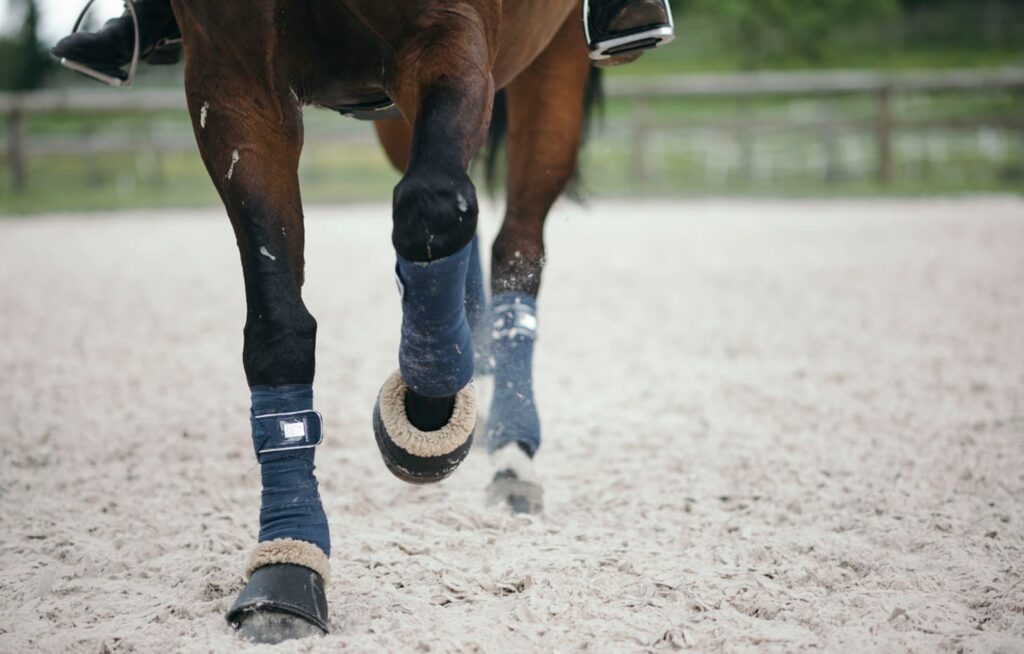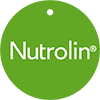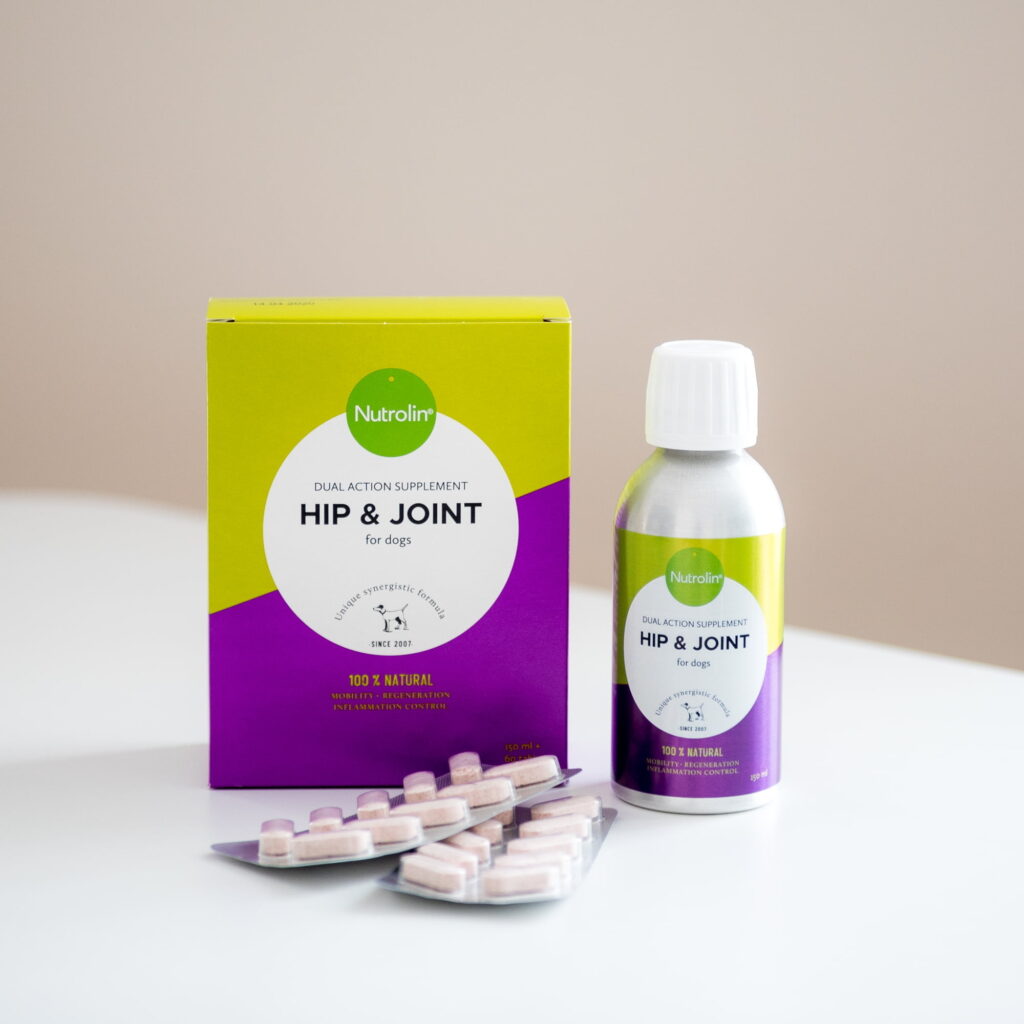Arthritis, Dog, Horse, Nutrolin® HIP & JOINT, Nutrolin® Horse Joint Duo, Osteoarthritis
Green-lipped mussel is not the best supplement for joint issues
The green-lipped mussel has become an increasingly popular supplement for dogs and horses suffering from arthrosis or other joint issues. The green-lipped mussel is not the best alternative because it contains very little of the active substances required. Also, the amounts produced do not add up.
In 2014, the World Small Animal Veterinary Association (WSAVA) published a recommendation about the treatment of pain in domestic animals (Matthews et al.). It stated that omega-3 fatty acids from fish oil, glucosamine and chondroitin as well as green-lipped mussel have an anti-inflammatory effect and that they are therefore suitable for use in the treatment of pain resulting from arthrosis.
Nutrolin® HIP & JOINT and Nutrolin® HORSE Joint Duo contain a high concentration of omega-3 fatty acids, glucosamine and chondroitin. Green-lipped mussel also contains these nutrients, but it contains very little of them.
What quantity of omega-3 fatty acids are in green-lipped mussels?
1,000 mg freeze-dried green-lipped mussel powder contains:
- Omega-3 EPA + DHA: 9–28 mg
- Omega-3 ETA: 0.3 mg
Studies about the concentrations: Hielm-Björkman et al. (2007) and Murphy et al. (2003).
The recommended daily doses of green-lipped mussel for a dog that weighs 20 kilograms vary between 300 and 500 mg. It means that a dog weighing 20 kilograms gets a maximum of 15 mg omega-3 fatty acids (ETA, EPA, DPA and DHA) from freeze-dried green-lipped mussel.
In comparison: The daily dose of Nutrolin® HIP & JOINT for a dog weighing 20 kg is 5 ml fish oil and 2 tablets. The fish oil contains 1,400 mg omega-3 fatty acids (ETA, EPA, DPA and DHA), which is nearly 100 times more than in the corresponding dose of green-lipped mussel.
Omega-3 ETA in green-lipped mussel?
Omega-3 ETA, which is said to have a strong anti-inflammatory effect, is often mentioned in connection with green-lipped mussel. The daily dose of green-lipped mussel for a dog that weighs 20 kilograms contains only 0.15 mg of Omega-3 ETA.
In comparison: The corresponding content in Nutrolin® HIP & JOINT is 30 mg ETA, that is, 200 times more.
What is the significance of glycosaminoglycans (GAG)?
Other joint nutrients in green-lipped mussels are glycosaminoglycans (GAG). Freeze-dried green-lipped mussel contains 2% GAG compounds (read more here). One of the GAG compounds is the joint health nutrient chondroitin sulphate.
The daily dose of freeze-dried green-lipped mussel for a dog that weighs 20 kilograms contains max. 4 mg chondroitin sulphate.
In comparison: The daily dose of Nutrolin® HIP & JOINT for a dog that weighs 20 kilograms includes 2 tablets of joint nutrient in addition to fish oil. The tablets contain a total of 440 mg chondroitin sulphate, that is, more than 100 times more than a corresponding dose of green-lipped mussel.
Produced amounts of green-lipped mussels do not add up
Studies have shown that dogs suffering from arthrosis benefit from the green-lipped mussel, but the quality and the amounts are not clear. Use of green-lipped mussel to aid dogs suffering from arthrosis has increased during recent years, which has led to issues concerning the amounts produced. It is possible to produce only a certain amount of freeze-dried green-lipped mussel in New Zealand. It is the only place where green-lipped mussels are sourced.
According to the latest figures, only 200,000 kg freeze-dried green-lipped mussel powder is produced in a year. However, amounts of green-lipped mussel in supplements for humans and animals and in animal fodder are many times higher than the reported production. This makes it apparent that some of the green-lipped mussel powder on the market is not the freeze-dried green-lipped mussel powder whose effects have been established in studies.

Further reading: Recommendation by the World Small Animal Veterinary Association (WSAVA) published in 2014 (Matthews et al.):
Mathews ym. (2014). Guidelines for recognition, assessment and treatment of pain: WSAVA Global Pain Council members and co-authors of this document. J. Small Anim. Pract.; 55(6):E10-68.

 Français
Français Deutsch
Deutsch




